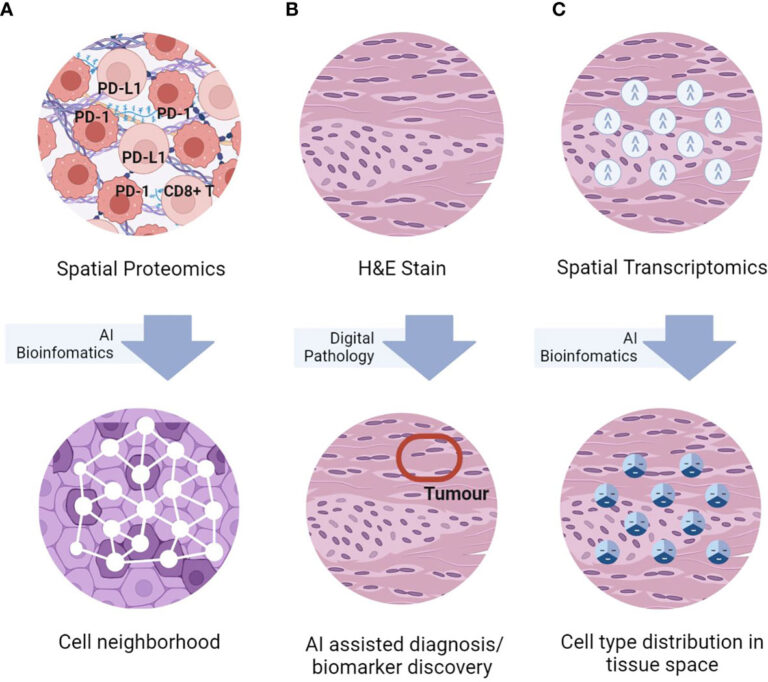Unleashing the Power of Microservices
In the ever-evolving landscape of software development, the need for scalability, maintainability, and rapid deployments has led to the rise of microservices architecture. Many organizations are now considering migrating their monolithic applications to microservices to unlock numerous benefits. This article will provide a comprehensive guide on how to approach the conversion process and unleash the power of microservices.
Understanding Monolithic Architecture
Before diving into the migration process, let’s briefly review the monolithic architecture. In a monolithic application, all functionalities are tightly integrated into a single codebase. While this simplicity might be suitable for small projects, as an application grows, so does the complexity. Scaling, maintenance, and introducing new features become challenging, leading to slower development cycles and reduced agility.
The Promise of Microservices
Microservices offer a solution by breaking down the monolith into smaller, loosely coupled services that can be developed, deployed, and scaled independently. Each microservice has its own functionality and interacts with others through well-defined APIs. This approach enhances flexibility, fosters better collaboration between teams, and enables continuous delivery.
Step-by-Step Guide to Migration
- Comprehensive Analysis: Begin by performing a thorough analysis of your monolithic application. Identify its components, dependencies, and critical functionalities. Understand how users interact with the app and how data flows through different modules.
- Define Boundaries: Identify the boundaries between the different components and functionalities. Divide the monolith into logical domains that can be independently managed as microservices.
- Prioritize Services: Prioritize the services you’ll be creating based on factors like complexity, business value, and ease of migration. Start with less critical components to gain experience before tackling more complex ones.
- Data Management Strategy: Plan how data will be managed in the new microservices architecture. Decide whether to have a separate database for each microservice or use shared databases with defined access patterns.
- Service APIs and Contracts: Clearly define the APIs and contracts between the microservices. A well-defined interface will help ensure seamless communication and future scalability.
- Implement and Test Microservices: Begin the development of microservices one at a time. Use appropriate technologies and frameworks that suit the specific needs of each service. Rigorously test each service in isolation to ensure it functions correctly.
- Gradual Rollout: Avoid a “big bang” approach and opt for gradual rollout instead. Introduce microservices one by one into the existing infrastructure. This will minimize disruptions and allow you to monitor and fine-tune each service as it goes live.
- Continuous Integration and Delivery: Implement CI/CD pipelines for each microservice. This will streamline the deployment process and encourage frequent updates with minimal manual intervention.
- Monitoring and Scaling: Set up comprehensive monitoring tools to keep track of the performance of your microservices. Ensure they can scale independently based on demand.
- Iterate and Refine: Microservices migration is an ongoing process. Collect feedback, analyze performance metrics, and continually iterate to improve your architecture and development practices.
Final Thoughts
Converting a monolithic application to a microservices architecture is a significant undertaking, but the benefits it brings in terms of scalability, maintainability, and agility make it a worthwhile endeavor. By following this step-by-step guide and employing best practices, organizations can effectively unleash the power of microservices and position themselves for future growth and success in the ever-changing world of software development.



